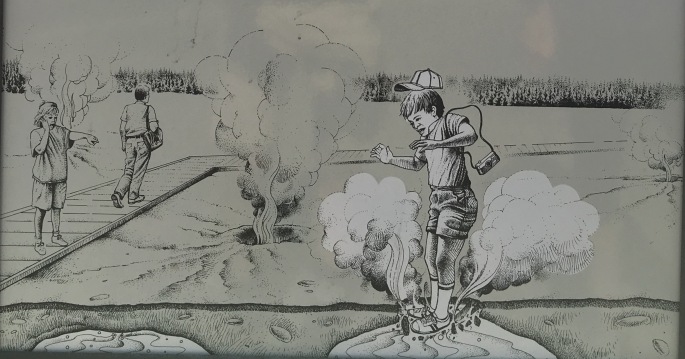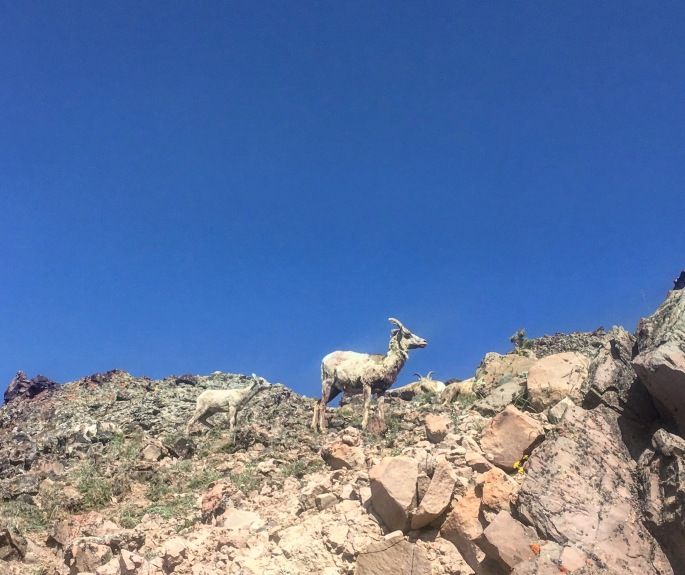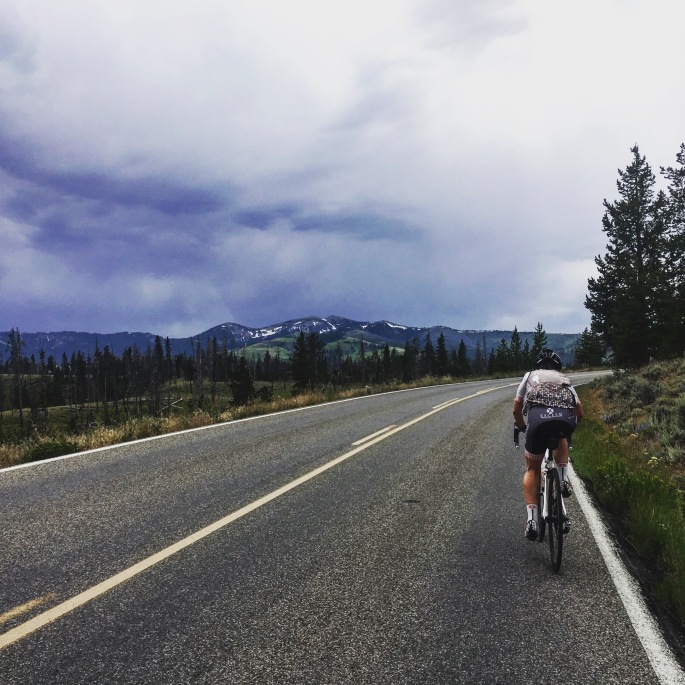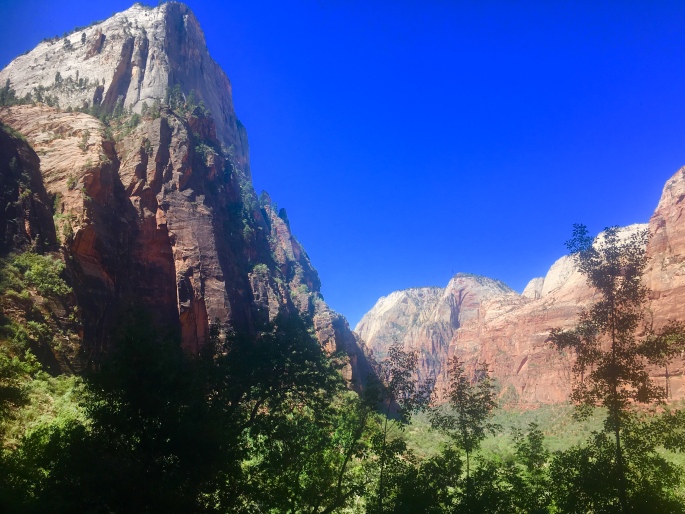 From the park occupying the uppermost step – Bryce – the Grand Staircase descends to the region where Zion National Park is located. Covering roughly 232 square miles in southwest Utah, Zion is a nature lover’s playground, with a dizzying array of towering sandstone cliffs, narrow slot canyons, and miles of trails to explore.
From the park occupying the uppermost step – Bryce – the Grand Staircase descends to the region where Zion National Park is located. Covering roughly 232 square miles in southwest Utah, Zion is a nature lover’s playground, with a dizzying array of towering sandstone cliffs, narrow slot canyons, and miles of trails to explore.
Unfortunately, the geologic features that make Zion such a national treasure also make it a hazard – especially during the rainy season of July through September. During these months, heavy rains that saturate parched desert lands can lead to flash floods. In the canyons, tons of mud, boulders, and other debris are channeled through narrow spaces in fast moving currents that spell serious damage and destruction for anything in their path.
This was the case when we visited Zion in mid-July, arriving in the park only days after a series of flash floods had destroyed some of the most popular trails in the park – including Angels Landing, Upper Emerald Pools, and Kayenta.
In spite of the damage – a testament to the power of Mother Nature – we endeavored to make the most of our stay. Zion is still an incredibly impressive park to experience after all, and if anything, the damage left behind by the floods was only a reminder of the strong and sometimes violent forces that created the park’s remarkable features.
For our stay in Zion, we were thrilled to be joined by Dr. Anne Hallum, president and founder of our sister organization and namesake, AIR. She joined us on a number of hikes throughout the main canyon on trails that were still open – and beautiful – including hikes to the Lower Emerald Pools and Weeping Rock.

The next day, we opted for one of the longer – and more strenuous – routes from the canyon floor to the top of Observation Point, the highest point in the park. This trail is well maintained and marked, but very challenging (especially as a run!), as it climbs over 2500 feet in 4 miles. That said, it offers breathtaking (quite literally) views, as you climb the winding switchbacks in the first 1-2 miles, before ducking into one of the narrow canyons Zion is famed for – and getting a bit of respite from the morning sun in its cool shadows. When we were here last, we were treated to a herd of the park’s resident mountain goats here! After the canyon, the trail climbs another several exposed switchbacks before leveling out in the last mile along the top of the rim. Here, you’re able to relax and run or hike along a relatively flat section of fine red clay until you reach the eponymous observation point itself, and be rewarded with a panoramic view of the valley for all your hard work and near cardiac arrest. Check out our route here!
Interested in going? Be sure to visit the park website and plan your trip well in advance – Zion is popular, and reservations at nearby hotels fill up quickly! Also be aware that private cars are not allowed in the main canyon, but a convenient free shuttle will take you to all the major trailheads.
Next and final stop: Grand Canyon!
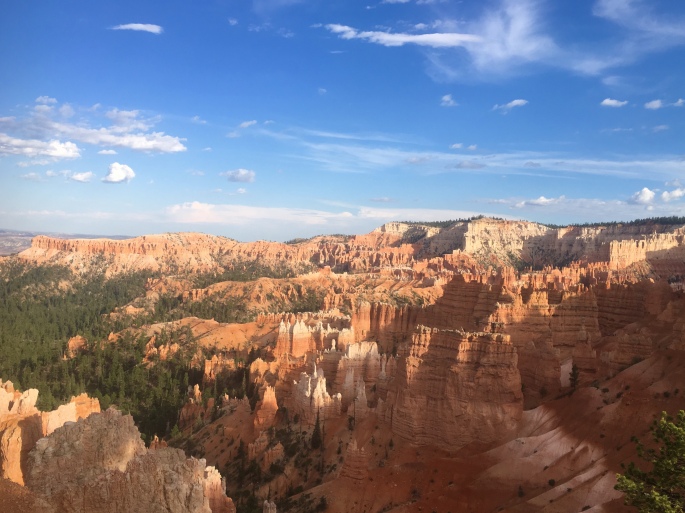 The AIR Adventures team is on the road again this summer, for our annual tour of national and state parks! This time, the theme is canyons, as we’ll be visiting the corners of Utah and Arizona where some of our country’s most popular canyon parks, including Bryce, Zion, and of course, the Big Ditch (aka Grand Canyon). Taken together, these three parks make up part of the Grand Staircase – a vast region made up of different plateaus canvassing millions of acres across Colorado, Utah, and Arizona.
The AIR Adventures team is on the road again this summer, for our annual tour of national and state parks! This time, the theme is canyons, as we’ll be visiting the corners of Utah and Arizona where some of our country’s most popular canyon parks, including Bryce, Zion, and of course, the Big Ditch (aka Grand Canyon). Taken together, these three parks make up part of the Grand Staircase – a vast region made up of different plateaus canvassing millions of acres across Colorado, Utah, and Arizona.

